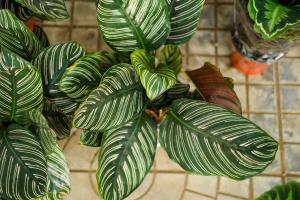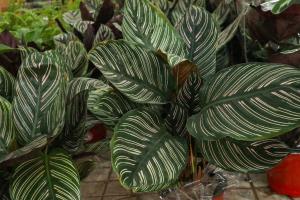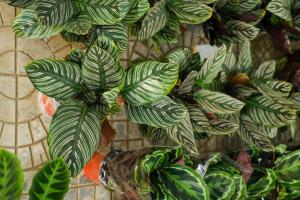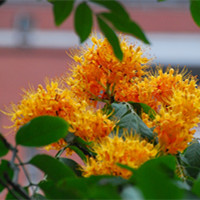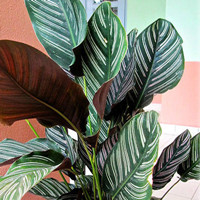Families and genera of diploid taro
Double line taro is a perennial evergreen herbaceous foliage plant of taro family
Origin of double line bamboo taro
Double line taro mostly grows in Brazil and other South and Central American regions
Morphological characteristics of double line taro
Double line taro has rhizomes, and the plant height is between 60-100 cm
The leaves are basal or cauline, oval and strip-shaped. There are white and dark green banded patterns on both sides of the main vein, with obvious color contrast
Inflorescence capitate, bracteoles membranous; Sepals subequal; Corolla tube and sepals are hard leathery, capsule dehiscence is 3-valved, and seeds are triangular
Growth habit of double line taro
Double line bamboo taro likes a warm, humid and bright environment. It is not resistant to cold and drought and is afraid of exposure
It is suitable for growing in loose and fertile soil with good drainage and rich humus





